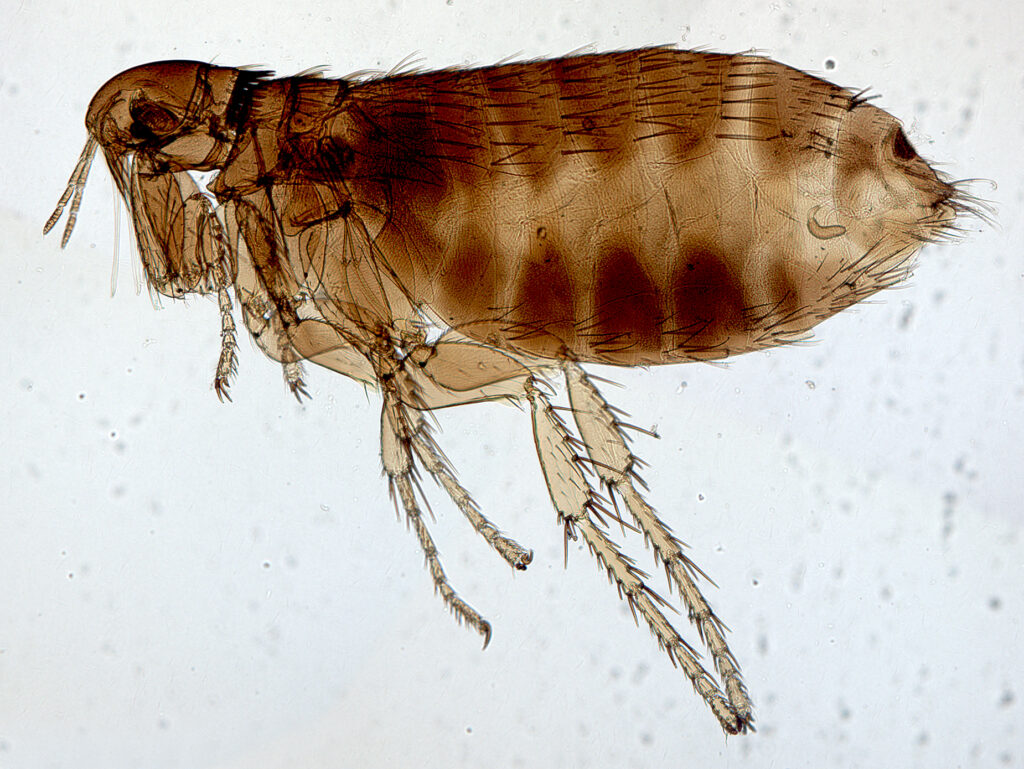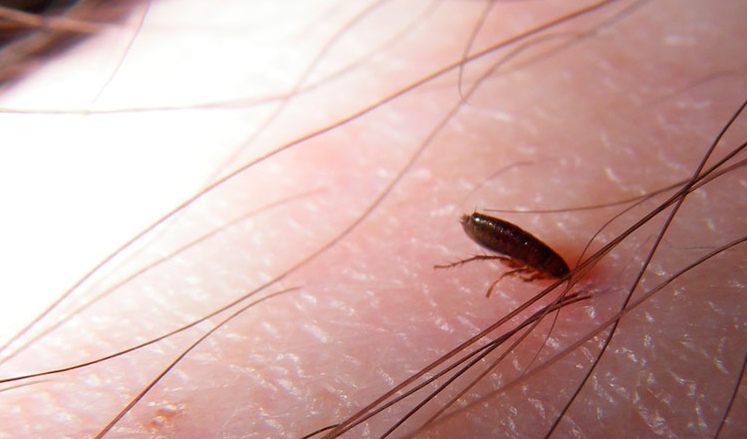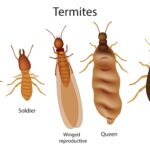If you’ve ever wondered, “What do fleas look like?” you’re not alone. Fleas are small, often elusive pests that can cause discomfort to pets and humans alike. Recognizing what fleas look like is crucial for effective treatment and prevention. In this guide, we will explore the appearance of fleas in detail, including their size, shape, color, and common signs of infestation.
What Do Fleas Look Like?
Understanding what fleas look like can help you identify them more easily and take the necessary steps to eliminate them. Here’s a detailed look at their appearance:
1. Size and Shape
Fleas are tiny insects, typically ranging from 1/16 to 1/8 inch in length. Their small size makes them difficult to spot with the naked eye. Fleas have a laterally compressed (flattened from side to side) body, which helps them move easily through fur and feathers.
- Adult Fleas: The adult flea is about 1.5 to 3.3 mm long. They have a narrow, elongated shape that is well-suited for jumping.
- Larvae and Pupae: Flea larvae are tiny, worm-like creatures, while pupae are small and encased in a cocoon-like shell. These stages are harder to spot and typically found in hidden areas.
2. Color
Adult fleas are generally dark brown or reddish-brown. Their color helps them blend into their environment, making them harder to detect.
- Newly Hatched Fleas: Flea larvae are creamy-white and appear more translucent.
- Pupae: Flea pupae are usually covered in a protective, sticky shell that can be covered in debris, making them blend into their surroundings.
3. Body Structure
Fleas have a distinct body structure that includes:
- Head: Fleas have a small head with large, well-developed eyes. They also have mouthparts adapted for piercing skin and sucking blood.
- Thorax: The thorax is where the flea’s powerful legs are located. These legs are adapted for jumping and can propel the flea up to 7 inches vertically and 13 inches horizontally.
- Abdomen: The abdomen is segmented and houses the flea’s digestive system. It can expand significantly after feeding.
4. Movement
Fleas are known for their remarkable jumping ability. Their legs are highly specialized for jumping, which allows them to move quickly from host to host. Fleas can leap up to 150 times their own body length in a single bound.

How to Spot Fleas
Knowing what fleas look like is essential for spotting them. Here are some tips for identifying fleas and signs of infestation:
1. Checking Pets
- Visible Fleas: Look for fleas in your pet’s fur, particularly around the neck, tail, and underbelly.
- Flea Dirt: Flea dirt, which looks like small black specks, can be found in your pet’s fur. This dirt is actually flea feces and turns red when moistened, due to the blood it contains.
2. Inspecting Your Home
- Pet Bedding: Check your pet’s bedding for fleas and flea dirt. Fleas often lay eggs in these areas.
- Carpets and Upholstery: Fleas and flea eggs can be found in carpets and on upholstery. Use a flea comb or sticky tape to capture any fleas or flea dirt.
3. Observing Behavior
- Excessive Scratching: Pets that are scratching more than usual may be infested with fleas.
- Biting and Licking: Fleas can cause pets to bite or lick at their fur excessively due to irritation.
Flea Lifecycle and Appearance at Different Stages
Understanding the lifecycle of fleas can help in identifying and managing infestations. Fleas go through four distinct stages:
1. Egg Stage
Flea eggs are small, white, and oval-shaped. They are about 0.5 mm in size and can be difficult to see. Eggs are often laid on the host but fall off into the environment, such as carpets or bedding.
2. Larva Stage
Flea larvae are tiny, worm-like creatures that are about 2.5 mm long. They are usually creamy-white and move in a wriggling motion. Larvae feed on organic debris and flea feces in their environment.
3. Pupa Stage
Flea pupae are encased in a silk-like cocoon that is sticky and collects debris from the environment. The pupa is about 1.5 mm in size and can be hard to spot as it blends into the surroundings.
4. Adult Stage
Adult fleas are the most recognizable stage. They are small, dark brown, and have a laterally compressed body. Adults are the stage that causes irritation and discomfort by feeding on the blood of hosts.
How to Treat and Prevent Fleas
Treating and preventing fleas involves several steps:
1. Treating Pets
- Flea Treatments: Use flea shampoos, spot-on treatments, or oral medications recommended by your veterinarian.
- Flea Combs: Regularly comb your pet’s fur with a flea comb to remove adult fleas and flea dirt.
2. Treating Your Home
- Vacuum Regularly: Vacuum carpets, upholstery, and pet bedding to remove fleas, eggs, and larvae.
- Use Flea Sprays or Foggers: Apply flea sprays or foggers in your home to kill fleas and prevent re-infestation.
3. Preventing Future Infestations
- Maintain Regular Treatments: Continue using flea prevention products as directed by your vet.
- Keep the Environment Clean: Regularly clean and wash your pet’s bedding and frequently vacuum areas where your pet spends time.

Conclusion
Knowing “what do fleas look like” is crucial for effectively managing and preventing flea infestations. By understanding their appearance, lifecycle, and the signs of infestation, you can take proactive measures to keep your pets and home flea-free. Regular treatment, proper cleaning, and vigilance are key to managing fleas and ensuring a comfortable environment for you and your pets.



